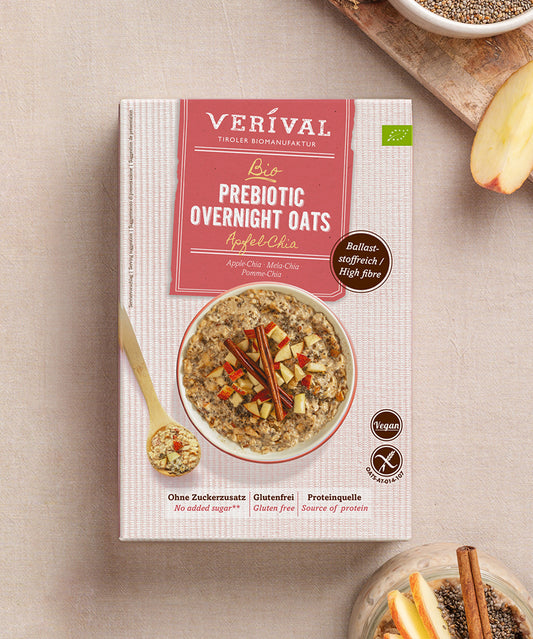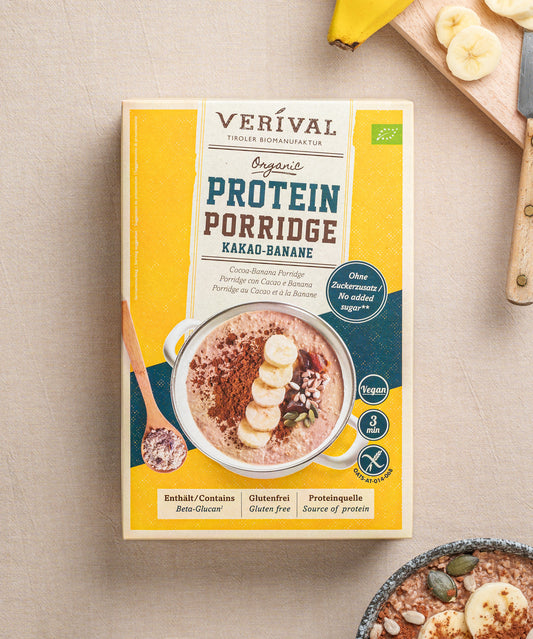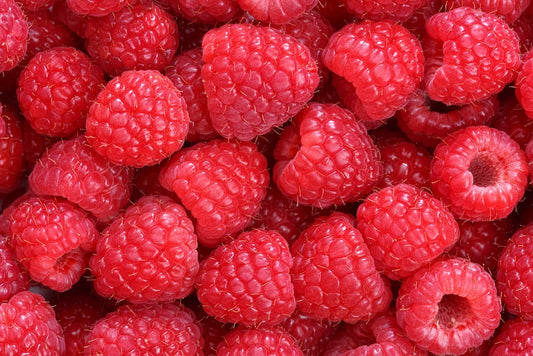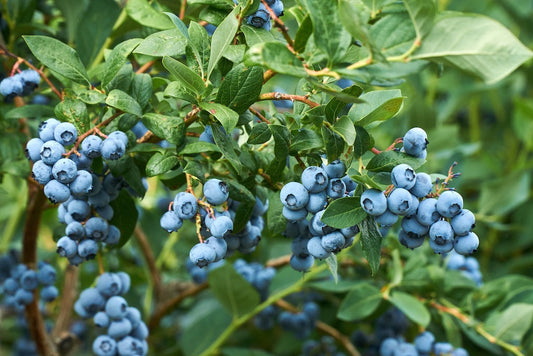In recent years, they have arguably become one of the most important components of the breakfast menu. They are tasty, healthy and easy to prepare. We are talking about nuts. There are many different types of nuts – so you will never get bored, because you have a wide selection to choose from.
Nuts are becoming increasingly popular, especially for a healthy breakfast. Due to the many benefits of eating nuts, more and more nuts are being bought. Which nuts are available in Austria and Germany? What types of nuts are there? And which types are healthy? What do they contain? We will get to the bottom of all these questions in today's blog post.
Which nuts are available in Austria and Germany?
This question, which nuts are available in Germany and Austria, is not so easy to answer. Nuts are rather scarce in this country. This is due to many circumstances: on the one hand, domestic production of nuts is not so large that it could supply all of Austria or Germany with nuts. On the other hand, the climatic conditions for many types of nuts are not particularly good in the two countries. In Austria, however, one type of nut is in the running: the walnut. It is one of the healthiest types of nut of all. Walnuts are particularly good for your brain. Although the production of nuts has increased in recent years, it is unfortunately not enough to be ‘self-sufficient’.
In Austria, 4,663 tonnes of shelled walnuts are currently produced each year. However, up to 45,906 tonnes are imported – the per capita consumption in Austria is 4.3 kg per year. This clearly shows how much we are lacking. Although these figures are increasing from year to year, there is still a long way to go before we can do without imports.
Walnuts are produced natively in Austria and Germany. We have to import almost all of the other nuts. It is not entirely true that only walnuts grow in our latitudes – but the walnut is the only variety that is produced in significant quantities. For almonds or hazelnuts, there is often local production – but these are usually not available in shops. You have to go directly to the farm to buy nuts. Hazelnuts are our insider tip! They are usually so good that they are reserved months in advance.
You can also continue to use the shells of walnuts. The shells of walnuts have a high oil content. That is why these shells are often used in the production of cosmetics. The oil content of the shells is also good as fertiliser for house plants or your own garden. But you can also use the shells of walnuts in cooking. Its earthy and nutty flavour is perfect for adding the finishing touch to a sauce or broth. So when you crack nuts, don't throw the shells away, but think about what you can do with them.
What types of nuts are there?
The question about the different types of nuts is difficult to answer. There are many different types of nuts, all of which have their own tastes and benefits. Here is a small list of nuts:
- Cashews (superfood alert!)
- Peanuts
- Hazelnuts
- Macadamia nuts
- Almonds
- Chestnuts
- Brazil nuts
- Pecans
- Pistachios
- Walnuts
We have already explained the latter nuts in more detail for you. The other types of nuts, except for the chestnuts, are all imported products. Chestnuts are very popular in our latitudes – they are best enjoyed in autumn. With the other types of nuts, you should definitely pay attention to which ones you buy. The countries of origin of the nuts often vary here. Hazelnuts often come from Turkey, but also from Italy or Spain. When it comes to almonds, you have to be prepared for a few more kilometres: these wholesome friends usually come from California or China. A hot tip is always to pay attention to the country of origin of the nuts and, if possible, to buy organic ones. Although the nuts are more expensive, you can be sure that the quality is right. We also pay attention to the best quality ingredients when putting together our muesli, granola and porridge mixtures – so we also do so with nuts.
Which nuts should you eat?
This question is probably a subjective one. Which nuts do you like best? Basically, the question of taste is of course very important. But it is also important to consider how much you are harming the environment with your purchase. If nuts have to travel many kilometres to end up on our tables, this can have a major impact on the climate. In any case, you should pay attention to the organic label on the nuts. In general, our rule would be: it's better to buy nuts less often – but when you do buy nuts, make sure they are sustainably sourced.
Which nuts are healthy?
This question is also very easy to answer. Most nuts are very healthy. For a long time, nuts were considered to be fat-rich calorie bombs – but this misconception has been refuted for some time. It is true that nuts have a high fat and calorie content. However, this does not mean that nuts are necessarily unhealthy. The human body cannot process all the calories it gets from nuts. We cannot grind nuts completely, which is why nuts enter our body in small pieces. The fat in nuts is therefore not fully absorbed and does not add as many calories to our calorie count.
But nuts are not only rich in healthy fats. They contain many nutrients – they are even considered a nutrient bomb! That's why you don't have to eat a lot of nuts to feel full. Walnuts, for example, have the highest proportion of omega-3 fatty acids. Nuts are also a rich source of magnesium and folic acid. They can help to combat high cholesterol and reduce the risk of diabetes. Nuts are also very good for the brain.
What is the best way to incorporate nuts into my diet?
Nuts are very healthy in many ways. The question of how to incorporate nuts into your diet is easy for us to answer. Whether as a snack between meals or as a topping on porridge or yoghurt – there are countless ways to integrate nuts into your diet. A porridge with almond slivers or a muesli with hazelnuts and oat flakes is a great way to start the day. And if you're more adventurous in the kitchen, you can try these delicious nut energy balls:
Discover Verival's breakfast world
























